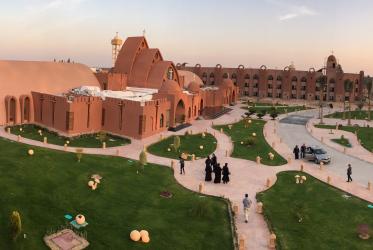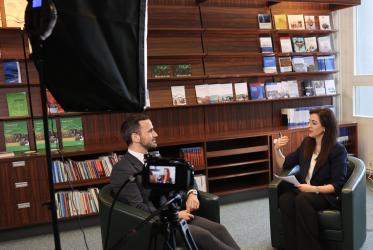by Rev. Dr Paul M. Collins
Introduction
Reading the Faith and Order paper, The Nature and Mission of the Church (2005) I have been struck by the appeal to the lived experience of the Church which is to be found in the text. This had lead me to consider different ways in which the text might be received and in this paper to offer some reflections on possible methodological approaches to the text itself and towards the possibility of taking the text towards a next ‘stage’. An explicit ecumenical method is set out in the text [paragraphs 5-7] in which areas where agreement is already possible are dealt with in the main text and areas of on-going discussion are outlined in ‘shaded boxes’. I want to suggest that within the text there are other implicit methods being used. What is of particular interest to me is the way in which the text brings together what might be seen as different approaches to the statement of doctrine. Indeed it might be argued that there are different genres within the text, sometimes within the same paragraph. One way in which to name this difference might be to draw upon the distinction between theory and practice or between theoretical and experiential knowledge. In the text explicit appeal is made to experience, 1 practice 2 and context 3 as well as inferring an appeal to these in numerous other paragraphs. I want to propose that the development of a method which explores the inter-play between different ways of constructing doctrine could be used to seek a resolution of Church-dividing issues.
1 Experience is referred to in paragraphs: 2, 3, 28, 51, Box following 63, Box following 66, 76, Box following 77, 97.
2 Practice is referred to in paragraphs: 15, 51, 102 and in boxes following: 63, 77, 81.
3 Context is referred to in paragraphs: 3, 4, 5, 17, 61, 69, 72, 87, 89, 99, 112.



